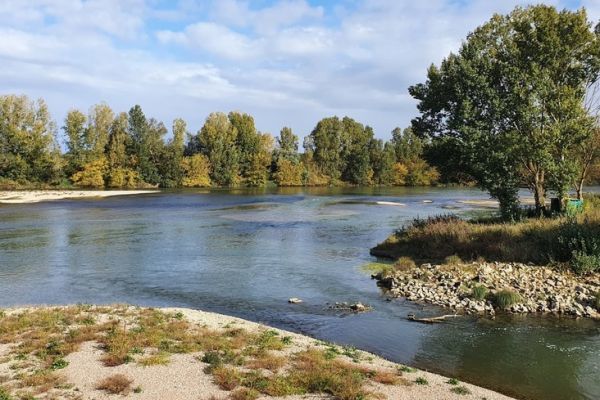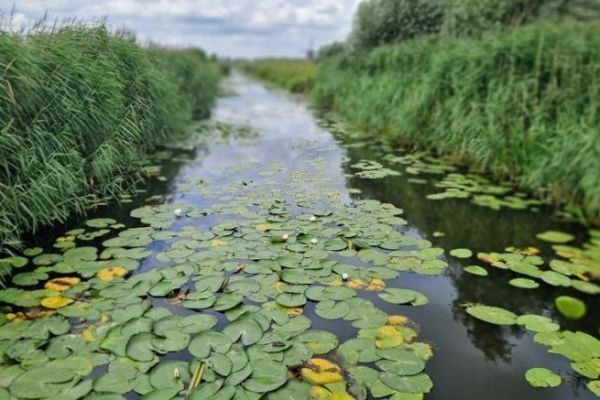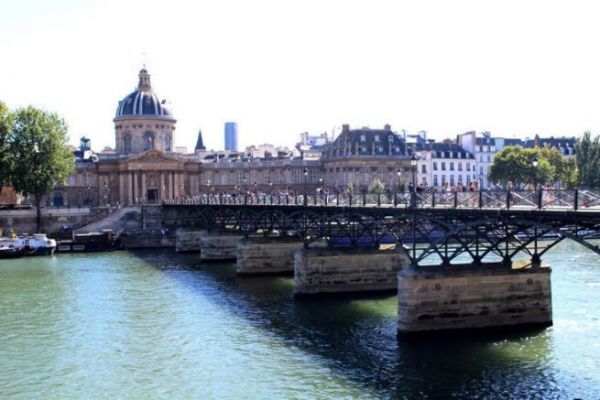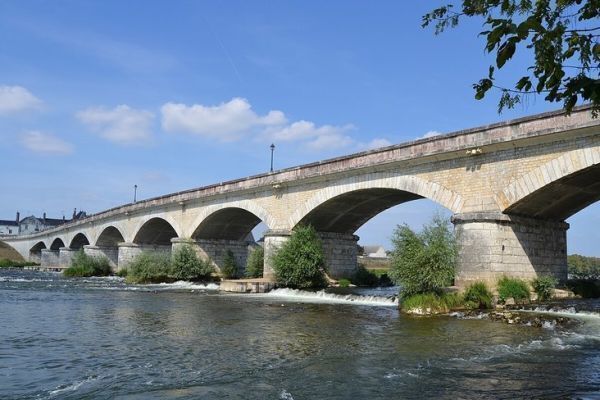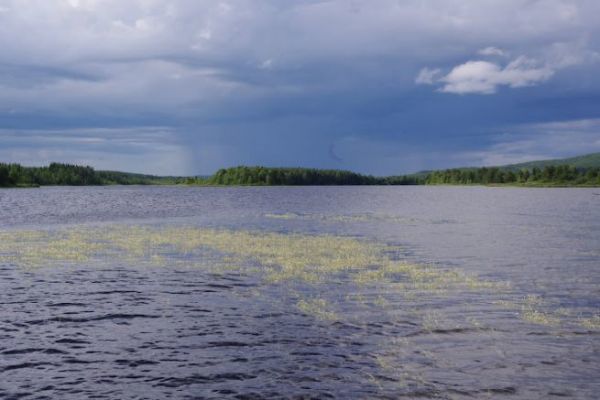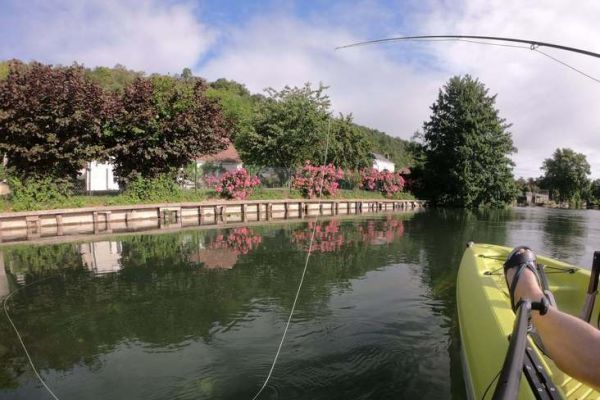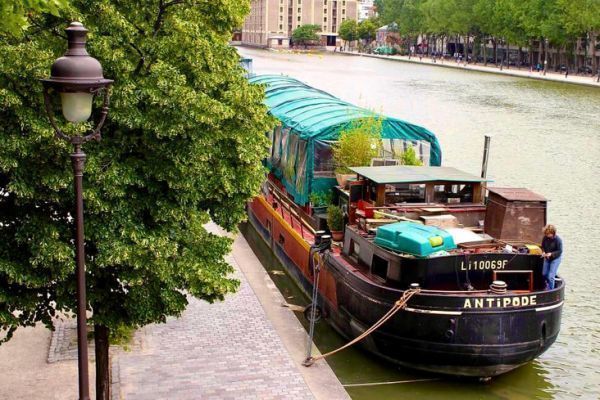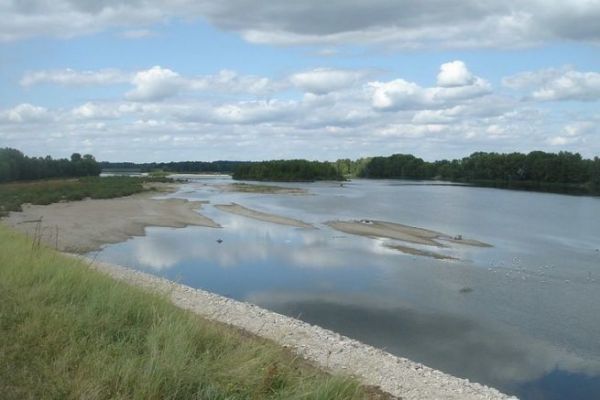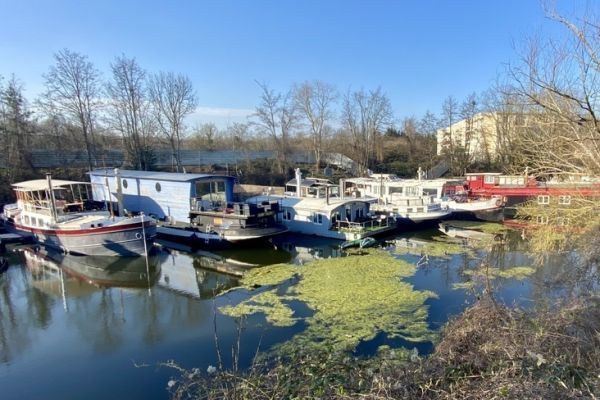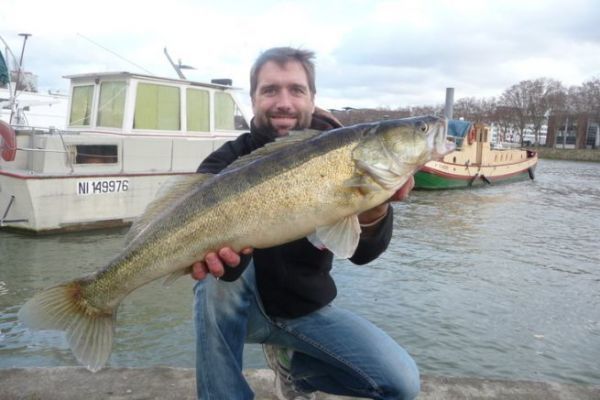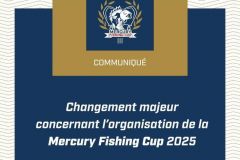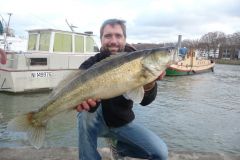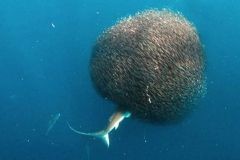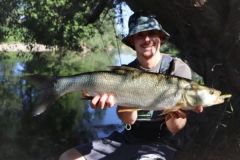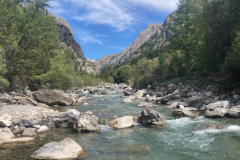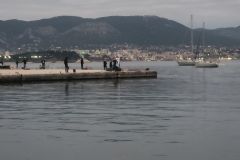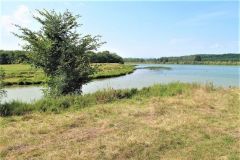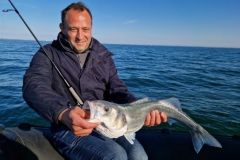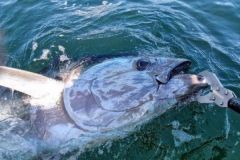Which water inlets?
Whether it's a river or a body of water, there are many possible water inlets, both artificial and natural. Of course, it could be a stream, but it could also be rainwater runoff or (unfortunately) wastewater or cooling water from a factory.
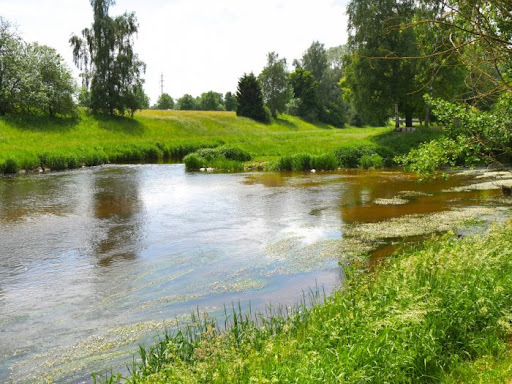
Why?
Inlets are often excellent spots for predator fishing, as they concentrate food and therefore baitfish, are often a source of thermal comfort and a strategic spot for effective hunting.
In fact, the temperature difference between the main watercourse (or body of water) and the water inlet is generally significant, or at least sufficient to be sought after by fish fauna. Depending on the season and the nature of the water, this can be either cool or warm water.
What's more, an inflow of water of any kind is always a source of additional nutrients, and therefore a zone of potential prey for carnivores.
Depending on the season, and once again on the nature of the water, a water inlet can create a difference in turbidity that is favorable to the hunting of certain species and therefore favors their presence.
Finally, when the main and secondary currents are marked, areas of current deviation, acceleration, calms and eddies are created at the confluence of two currents, once again concentrating food, but also offering resting and hunting areas.
What species to fish for?
Although pike don't particularly like turbid water, all carnivorous species can be found around water inlets. When there's a color difference, and especially when the water is muddy due to rain, it's much more common to encounter catfish and pike-perch.
On the other hand, when the water is clear, you'll find perch and pike preferentially.
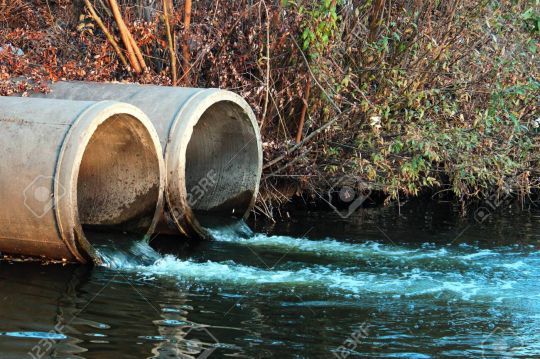
When to prospect?
As you can see, beyond the presence of potential prey, the whole point of the water arrivals lies in the differences in turbidity, flow and temperature between the main bed and the secondary source.
These spots are therefore of interest when predators are looking for a delta in temperature to survive, or at least when comfort is a priority. This could be in summer, when the water is fresh and oxygenated, or in winter, when the water is warmer by just one or two degrees.
The difference in turbidity is also the decisive criterion when the water is particularly clear or, on the contrary, chewy. Small streams are particularly sensitive to rainfall, and can quickly become a source of muddy water for a body of water or a river.
A large difference in flow can also be interesting, as it can in one case create a more oxygenated zone than the average, which can be very interesting in hot weather, or on the contrary, it can encourage current deviations and the creation of calm zones.
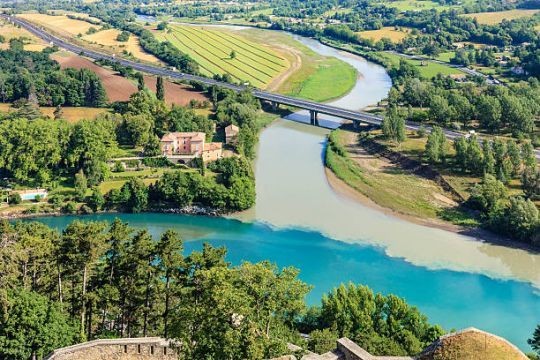
How do you approach them?
Of course, all techniques are possible to exploit these spots. What's important to remember, however, is that the key sectors are the break and edge zones, whether in terms of current or water color, and that these must therefore be prospected as a matter of priority and in a methodical manner.

 /
/ 